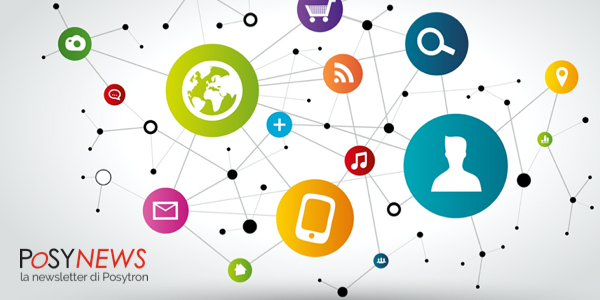
There was a time when e-mail promotions drove direct marketing plans. But e-mail marketing has probably seen better days: in 2017, industry experts Yes Lifecycle Marketing measured declining conversion rates for email-driven orders managed by tablet and desktop PCs, which fell 14% and 18% respectively.
Although consumers still prefer to be sit at their desk for large purchases (average order value from desktop PCs remains higher than mobile), the smartphone is nowadays the most popular companion for shopping. Recent market studies proved that two in every three Millennial shoppers use their phone to shop, and 46% of them searched for a product on their mobile before buying it in-store.
The mobile revolution is blowing away traditional retail marketing strategies, with an urgent need to put consumers and their smartphones at the core of any campaign which aims at generating success. Mobile proximity marketing has gained a significant momentum over the past two years, as it allows retailers and brands to engage with people exactly where and when they are likely to be interested in a certain product – that is, where and where they find themselves nearby a store.
Mobile proximity marketing platforms – such as
Movibell – offer the opportunity to share multimedia contents with users passing close to a store, a restaurant or a bar. By pushing a news about the latest collection available, the daily menu, an event or a special flash promotion,
chances to drive attention towards the brand are much higher, and conversion rates into actual purchases too.
There’s more. Smart retailers do leverage mobile proximity marketing to collect and process relevant consumers data, thus tailoring campaigns according to individual preferences and habits. External variables such as weather conditions, season, time of day, and even traffic patterns could further inspire original contents to improve the relevance and personalization of the proximity marketing campaigns. This all leads to higher sales, better customer engagement, and long-term loyalty.
Last but not least, more than a third of smartphone users worldwide is using mobile phones to pay for in-store purchases, as estimated by eMarketer. By 2021, that figure could exceed 39%, roughly dealing with over 1 billion people. This confirms smartphone are the devices retailers should bet on, when designing their current and future marketing plans for store promotion.



